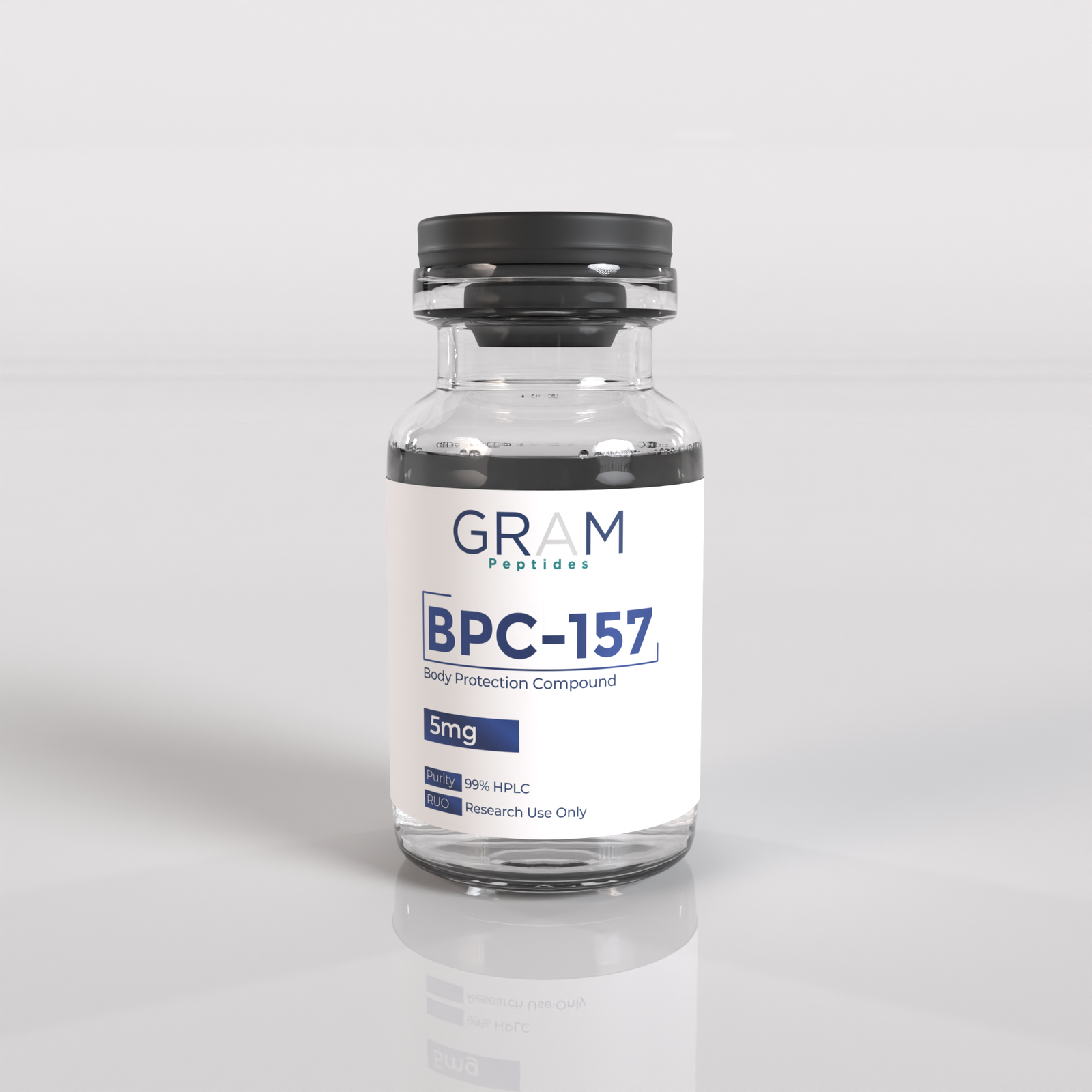Blog
How BPC-157 Works: The “Wolverine” Peptide

What is BPC-157?
BPC-157, short for “Body Protective Compound-157,” is a synthetic peptide derived from a naturally occurring protein found in human gastric juice. This peptide has been widely studied in preclinical models for its potential to accelerate healing, reduce inflammation, and support tissue regeneration—earning it the nickname, *“The Wolverine Peptide.”*
How It Works
BPC-157 is believed to influence multiple healing and regulatory pathways in the body. Its mechanisms include:
• Promoting angiogenesis (the formation of new blood vessels)
• Enhancing fibroblast migration for wound repair
• Supporting collagen production and tissue regeneration
• Modulating nitric oxide pathways for improved blood flow
• Reducing pro-inflammatory cytokines at injury sites
Areas of Research Interest
Researchers are actively exploring BPC-157 for a variety of potential applications, including:
• Tendon, ligament, and muscle healing
• Joint and connective tissue support
• Gut lining and intestinal integrity
• Neuroprotection following injury or inflammation
• Accelerated recovery post-surgery or trauma
Formulated with Quality in Mind
At GRAM Peptides, our BPC-157 is compounded under strict adherence to USP 797, 795, and 800 guidelines using only high-quality, third-party tested raw materials. While BPC-157 is intended for research use only, we maintain pharmaceutical-level precision and care in its formulation to support valid, reproducible research outcomes.
Why Researchers Are Excited
What makes BPC-157 so promising is its broad activity across multiple systems in the body. From soft tissue recovery to GI support, this peptide offers a compelling subject for future scientific exploration.
All GRAM Peptides are intended for research use only. These products are not approved by the FDA to diagnose, treat, cure, or prevent any disease or condition. Not for human or animal consumption.
👉 Explore BPC-157 and other regenerative peptides in our GRAM Peptides research collection.
